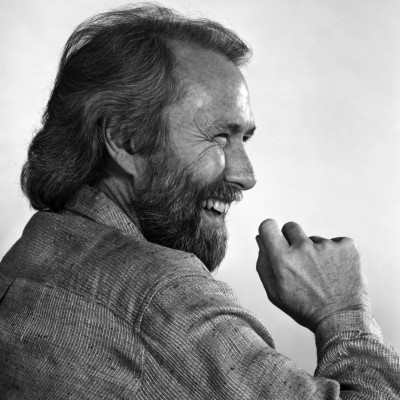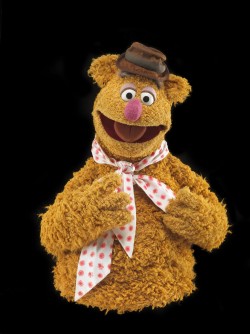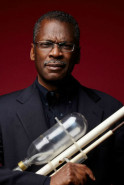Kermit the Frog. Miss Piggy. Elmo. Cookie Monster. The Muppets. Jim Henson created them all.
As a child growing up in the 1940s and 50s, Henson developed an early interest in art and television. TV was a recent invention quickly gaining popularity, and Henson immediately saw its unique value. He “loved the idea that what you saw was taking place somewhere else at the same time. It was one of those absolutely wonderful things.”
Before he even graduated high school, Henson got a job as a kid puppeteer on “The Junior Morning Show.” He earned the job after researching and designing homemade puppets, even though he had no experience in puppetry. “It was interesting and kind of fun to do, but I wasn’t really interested in puppetry then,” Henson said.
That changed after Henson enrolled in a puppetry course in college. He received an offer to create and perform in another TV puppet show called “Sam and Friends.” It was here that Henson began working with Jane Nebel, his future business partner and wife.
With Nebel, a talented artist in her own right, Henson created one of his most famous characters: Kermit the Frog. Using half a ping-pong ball for each eye, Henson sewed the first Kermit together from his mother’s coat and an old pair of blue jeans — just one example of how inventors have used everyday and recycled items to create new things. Some may think they recognize Kermit in Henson and Nebel’s first patented invention (U.S. Design Patent No. 186,119), but it was actually for a similar puppet named Wilkins, created to advertise Wilkins Coffee in the late 1950s. A design patent protects the way something looks. This can be really important if you’re trying to build a business based on a unique design that’s recognizable around the world — just like the Muppets are today!
Six years later, “Sesame Street” aired for the first time. This is when the most famous Muppets first appeared. “Sesame Street” is filled with protected intellectual property, specifically trademarks. Henson knew how important it was to protect his creations: Each of his well-known characters has a registered trademark, including Big Bird, Cookie Monster, and Oscar the Grouch. They are also protected by copyright, which means Henson was the owner of three types of intellectual property protections.
For the rest of his life, Henson produced TV shows featuring Muppets, including the 1974 debut of their first primetime variety show “The Muppet Valentine Show” and five seasons of “The Muppet Show.” In 1979, he founded Jim Henson’s Creature Shop, a company that created characters with puppetry and technology. The company’s creations are still made and used in everything from TV and movies to live events.
Henson worked until his death from a sudden case of pneumonia on May 16, 1990, at the age of 53. His Muppets and other characters have proven to be timeless additions to the entertainment business, creating lasting memories for children and adults alike. Despite his short career, we still enjoy Henson’s impactful work today because of his dedication to his art and the way he brought his imagination — and intellectual property — to life.







